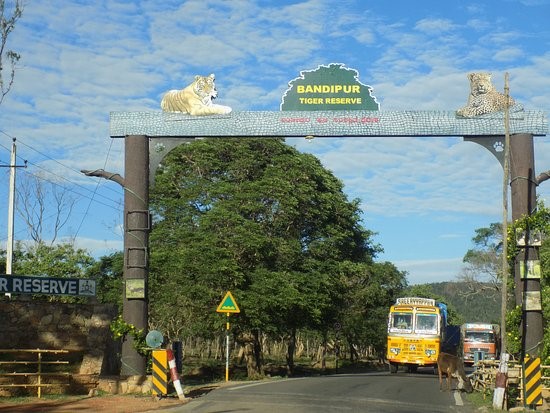Free Courses Sale ends Soon, Get It Now


Free Courses Sale ends Soon, Get It Now




Disclaimer: Copyright infringement not intended.
Context
About Bandipur Tiger Reserve
History
Location
The landscape
Geology
Climate
Vegetation Types
About Mudumalai Tiger Reserve
Location
Climate
Flora and Fauna
|
PRACTICE QUESTION Q) Which of the following statements with reference to Tiger Reserves in India is/are incorrect? a. Landscape of Bandipur, Nagarahole, Mudumalai & Wayanad complex is home to the single largest Tiger population in the world. b. Mudumalai Tiger Reserve is located in Kerala.
Correct Answer: 2 |
https://www.pib.gov.in/PressReleasePage.aspx?PRID=1915054
© 2024 iasgyan. All right reserved